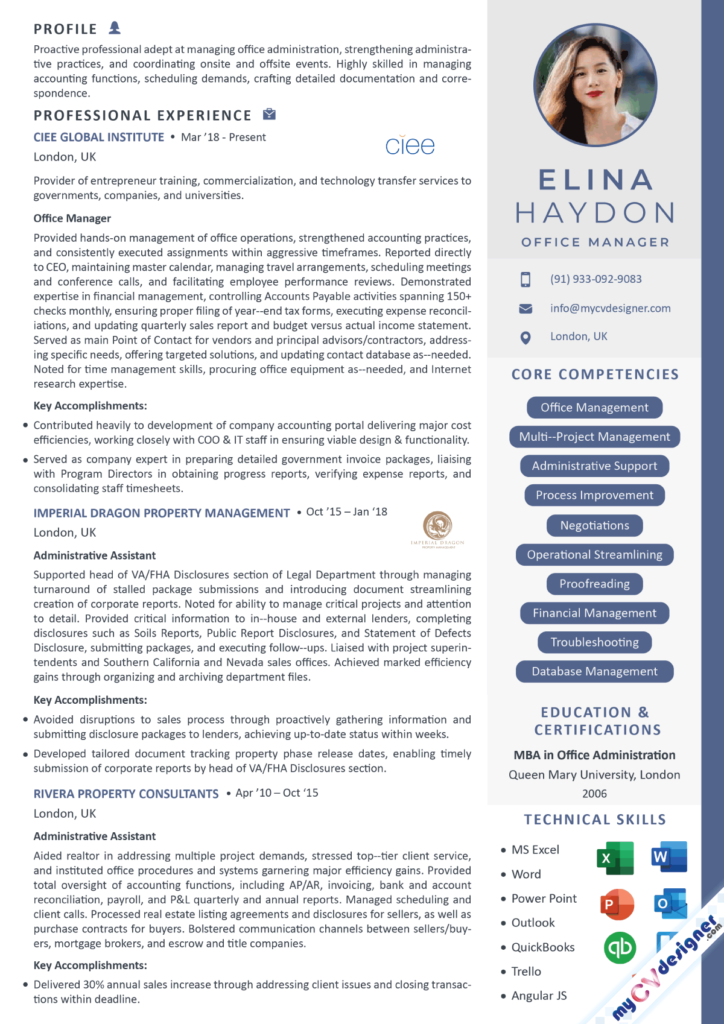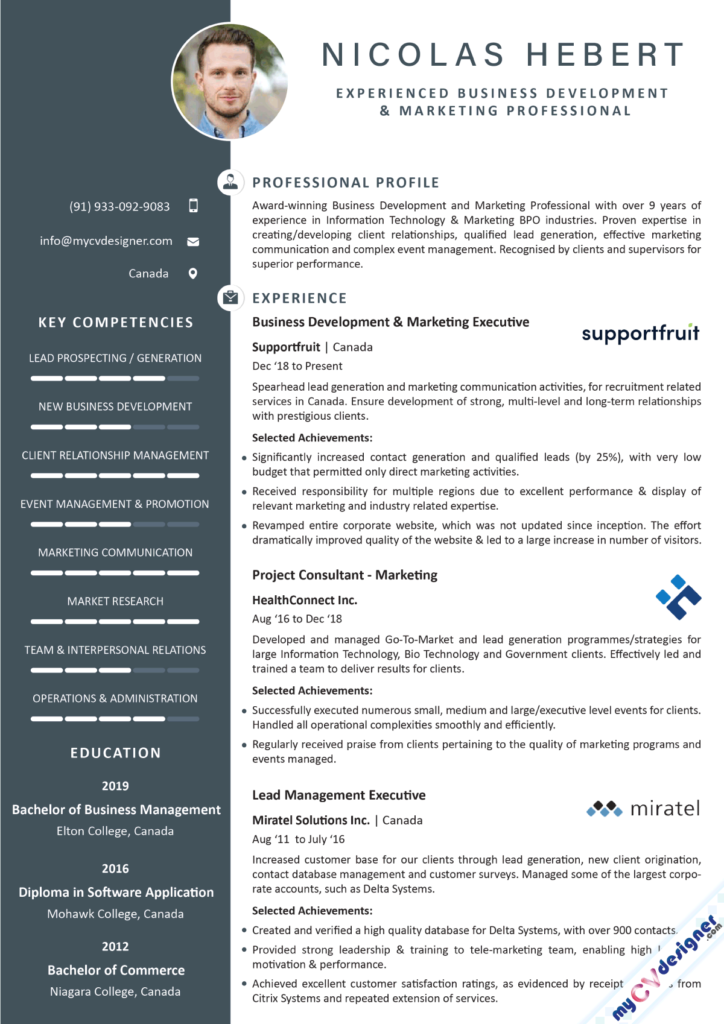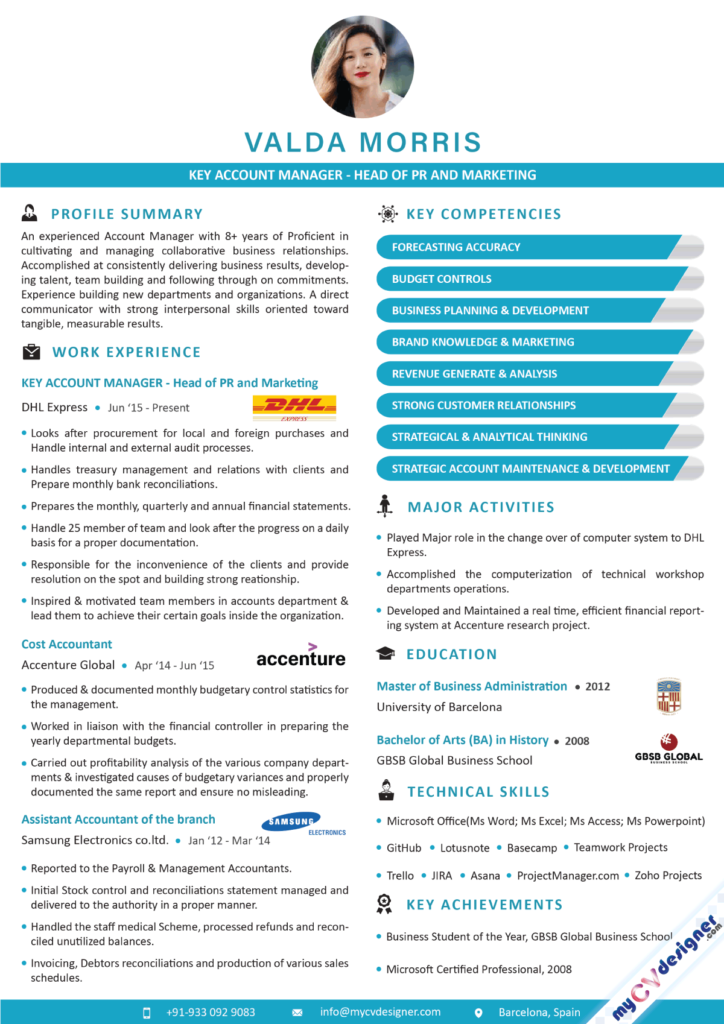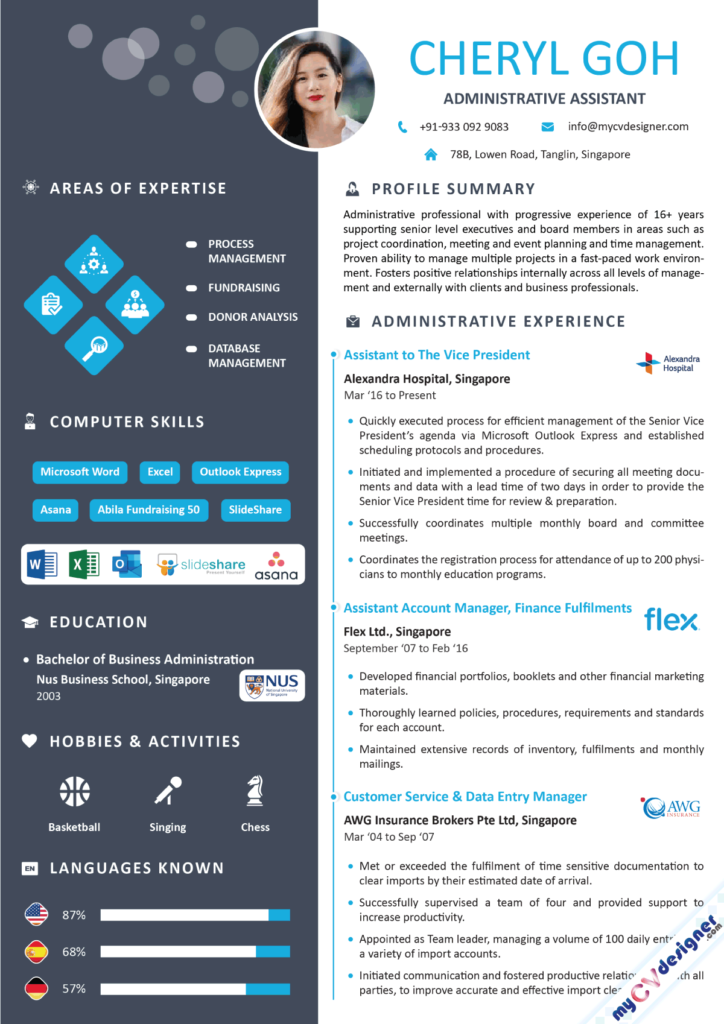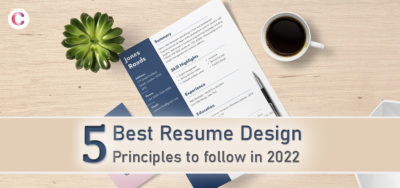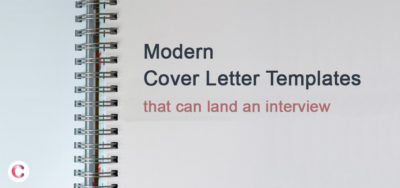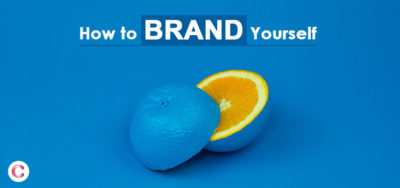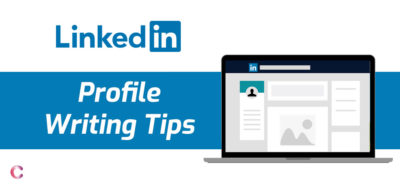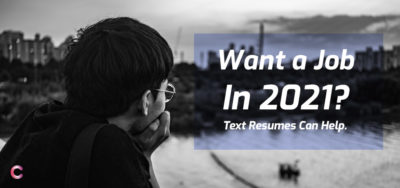A job confirmation letter is a formal document that states the employment confirmation of a candidate. An employer uses this...
Read More- Home
- Resume Samples
- Graphic Designer Resume Samples
Graphic Designer Resume Samples
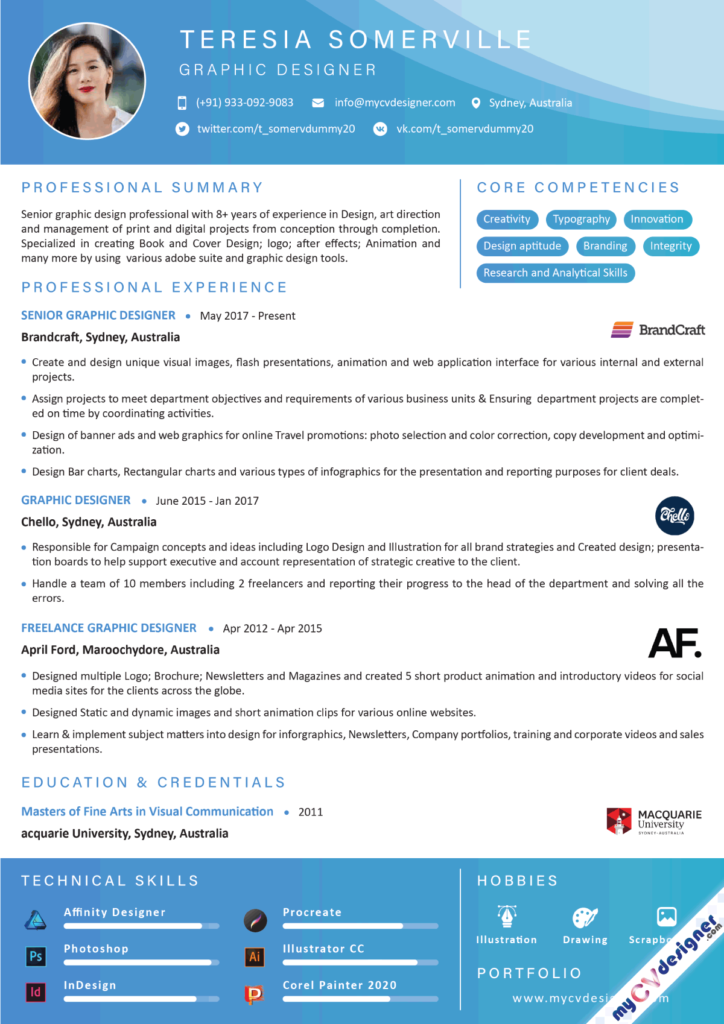
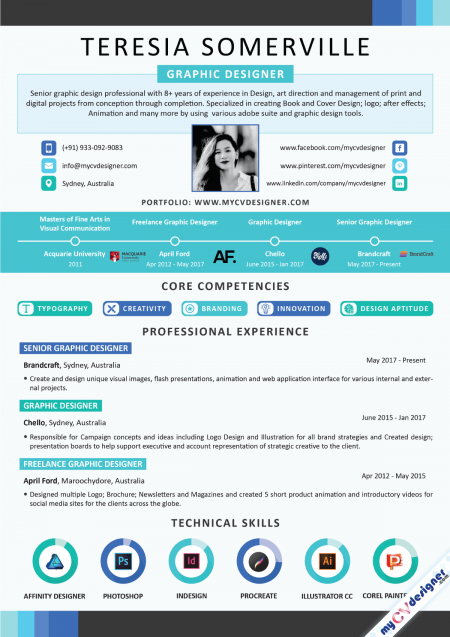
Related Resumes and Cover Letters
Related Resumes
Graphic Designer Job Description:
The World Is But A Canvas For Our Imagination
As the saying goes, art requires imagination, and imagination requires creativity. Creativity requires experience, and experience comes from real life, and one’s life is expressed in THE ART. The job of a graphic designer is an off the book experience in which aspirants need to pour his /her heart and soul to show their creativity. Our graphic designers collaborated with best resume writers to do exactly the same to build some classy and industry approved graphic designer resume samples. These resumes for graphic designers are in trend and recruiters love that because of the creativity. Graphic designer’s job is just to use their creative imagination and express them to a canvas, and in this Twenty-first century, the age of digitalization, it is expressed through a computer. A recent study shows that productivity depends upon the selection of a job, which means whether the worker loves the job or not. In this field, people can follow their passion and express their inner-selves to the world using digital tools. Proficiency in the computer is equally important as if the canvas is not friendly with the painter, the picture cannot reach the pinnacle, that is reality. So, realistic ways of using your own thought and expressing it via computer is sure challenging as well as intriguing. The designer does not begin with some preconceived ideas. Rather, the idea is the result of careful study and observation, and the design is a product of that idea. Design is an act of communication, which means having a deep understanding of the person/s with whom the designer is communicating. Good design acts as a bridge between user needs, technology, feasibility, and business viability.
Graphic design is an art with a specific purpose involving a creative and systematic plan to solve a problem or achieve particular objectives. It communicates via images, symbols, or even words. It is audio-visual communication and the aesthetic expression of concepts and ideas targeted to reach people by using various graphic elements and tools.
Ages ago, our first ancestors created images by etching inside caves which depicted their life stories and then the time passed by and the concept of communicating with each other became more and more language-oriented. But images were the first primal mode of communication. An image not only depicts the user’s insight but also relates us with the corresponding timeline and the ritual goes by days, years, decades, and ages and now it’s graphical. So designers are visionary as well as torchbearers of human culture.
What does a Graphic Designer do?
So the great advantage of a graphic designer job is it’s not bound by normal protocol or limitations; a graphic designer can work from the office as well as he/she freelance from wherever and whenever they want. So depending upon the criteria and description of the job, the duties and responsibilities of a graphic designer reside.
Graphic Designers use two or three-dimensional art to create visual concepts. Their job includes designing logos and layout designing using graphical tools for print and electronic media including websites, magazines, brochures, user interfaces, product labels, reports, and advertisements. They collaborate their ideas and act as a think-tank to incorporate typesetting, illustrations, photography, and event programming. It’s like the creation of ideas that reach effectively to the specific targeted audience to increase the credibility and reliability of a product in every possible way. Great graphic designers understand how to communicate respective brands with people through their creation visually and effectively.
Responsibilities of graphic designers:
- Planning concepts by studying information and materials.Planning is the most important aspect for every good graphic designer. Proper research about the topic of creating an innovative construct is the first step for successful project design.
- Schedule projects and defining budget constraints is the immediate step after the project designing.
- Illustrating concepts by designing examples of a project arrangement utilizing conceptualized visuals is required for this job.
- Preparing finished art by operating necessary designing tools and pieces of equipment to develop illustrations, logos, and other designs using software or by hand immediately follows.
- Teamwork is the key to success behind every successful design, so creating a think-tank, exchanging different views, and jotting them down in one place is the best way to accomplish the task.
- Communicating with clients. In this area, success is measured by how much the client is satisfied with the layout. Communication is the key to success for every successful work. Undoubtedly, understanding what the client needs and making necessary adjustments according to their needs is the best quality seen in every successful graphic designer.
- After the layout is drafted, a graphic designer starts to create a wide range of graphics, logos, and websites reviewing final layouts and suggesting improvements when necessary.
- The final step is working with copywriters and creative directors to produce final design and amend designs after feedback. The project can be completed after ensuring final graphics and layouts are visually appealing and on-Brand requirements.
Tools for Graphic Designing:
Being a good graphic designer is not just about having creative ideas and execution, but also having the right types of equipment and tools in hand.
The modern ways of working include technology and the internet that made the work of designers less complicated and helped them get stuff done in a simple, time-saving way. If a designer uses proper tools, it will provide a solid foundation for communicating the creative ideas and simplifying the work. So for being a good graphic designer, he/she needs a handful of tools at their disposal. Some of the must-have tools are as follows:
Proofing tools:
Proofreading tools are used to manage tasks easily and hassle-free. It works as a great time-saving tool that eliminates the possibility of exchanging several emails, feedbacks, and approvals, thus reducing the time consumed for the entire process. Online proofing tools can help in making changes instantly, adding comments, highlighting the flaws in the design, and keeping everybody in the loop.
Photo editing tools:
- Photoshop is a magical program that implements a designer’s thoughts into a digital world with confidence, giving the creation a new life. Photoshop is a powerful program for creating any prints and patterns in the best possible way. For graphic designers, it opens a world of myriad opportunities, countless options, and tools to create a design that is more authentic with proper guidance.
- Illustrator is used to create logos, icons, and vector illustrations from scratches and it can edit vector images also.
Graphic Apps
Graphic Applications are basically the programs that enable the designer to manipulate images and graphics. Most graphic apps have the ability to import as well as export graphic file formats. Example: GIMP, Corel Draw, Picasa, InDesign.
Prototyping Tools
Prototyping tools are designed to create mockups, wireframes and prototypes for any application or website. The behavior of prototypes can be designed by defining flow charts to handle. The prototype can then be exported to wireframe images, PDF documents or HTML5 simulation. Example: ForeUI, Framer.
Text Editing Tools
Sometimes, Graphic Designers also need some text editing tools to complete a design project. Here is the list of some Text Editing Tools.
Responsive Web Designing Tools
Some responsive web designing tools are used by graphic designers who make the illustrations for designing web pages and other web contents. They offer a GUI with common design tools, such as a Text tool that integrates with Shapes tool, Pen tool, and 3D tools.
Icon & Font Tools
Icons and creative fonts are everywhere on the internet. There are many tools available which creates and supplies icons and fonts. Example: Font Awesome.
Requirements or expectation by the recruiters:
The job of a graphic designer is unique in all aspects because it not only requires the qualifications necessary to crack the job but also a mind with unique creative thoughts. Even so, the following qualifications are needed to apply for the job:
- Bachelor’s Degree or any equivalent Degree in Graphic Designing or related field.
- A strong portfolio of illustrations or other graphics.
- Experience as a graphic designer or a related field.
- Familiarity with design software and technologies (such as In Design, Illustrator, Dreamweaver, Photoshop).
- A keen eye for aesthetics and details.
- Temperament to work as a team player and adapt to any type of situation and act accordingly.
- Up to date mental state to understand marketing, production, web design, corporate identity, product packaging, advertisement, and media designing.
Common Skills:
- Creativity and Innovation
- Excellent Design skills
- Knowledge of Design tools
- Accuracy and Attention to detail
- Knowledge of the trend
- Clear communication skills
- Self-control
- Patience
- Attentiveness
Common Certifications:
- Certificate Program in Graphics and Media
- Adobe Certified Expert
- Autodesk 3ds Max Certification
- After Effects CC Certification
- GNU Image Manipulation Program Certification (GIMP)
- Certification in Illustrator
Tips for writing Graphic Designer Resume:
1. Catchy summary:
2. Experience and achievements:
3. Skills:
4. Template:
This is the most important and interesting thing which most candidates aren’t aware of or simply ignore. Look, you are a graphic designer and you have a platform to flaunt some of your skills, what will you do? Trust me, the resume is a great platform where you can show the recruiter that you have some good knowledge of graphics. Infographics and visuals attract the human eye better than texts, and employers also expect some practical designs in a graphic designer’s resume. You can make your resume rich with some infographics and visuals, but keep in mind it doesn’t look clumsy. Check these graphic designer resume templates and you can see, they not only look modern, but are informative too!
5. Portfolio section:
Why us?
There is no magical way to get into an employer’s head and find out what he/she wants from a candidate and the all-knowing question, “WHY SHOULD WE HIRE YOU?”.
Here we come into the play. Résumé is the best way to create attention. Every resume has a particular pattern that doesn’t stand alone as THE ONE in thousands.
MyCvdesigner.com not only provides the best possible positive points of every individual, but they also create a person-specific portfolio of different candidates and allow them the freedom to choose everything from design to every point added or the positive approach to captivate the employer’s attention.
These graphic designer resume templates are prepared according to candidate qualifications and job requirements. Sometimes, we make research about the company you’re applying and design your resume as per their taste and expectations. We also provide some information that will help you during your interviews like Tips for a better resume and many more. Other than resume writing service we also provide different templates, you can select the one suit you. If you write your resume, you can check your resume score with our professional team and get suggestions to improve your resume score.
To conclude, I must say ”FIRST IMPRESSION” always matters as it gives an edge over other candidates. Employers want better work in less time and with minimal effort. The competition is becoming fiercer day by day and many people are trying to jump in this field as this job is considered to be emerging as the safest possible way to earn money by even freelancing from home without even setting foot outside home.
So, the only way to show you are different is by expressing them into your resume in the best possible unique and creative way.
CREATIVITY is more than just being different... Making the SIMPLE, awesomely simple, that’s CREATIVITY
Other Great Resumes & Cover Letters from related Industry:
Resume Samples:
Resume Samples:
Related Articles
5 Best Resume Designs and Principles to Follow in 2022
If you are looking for some of the best resume designs, I am pretty sure you are very much serious...
Read MoreModern Cover Letter Template For a Resume That Can Land an Interview
What is a Cover Letter? How modern Cover Letter template for a Resume can land an interview for you? A...
Read MoreImportance of Choosing a Professional Resume Maker for Designing Your CV
Professional resume makers make resumes that play a crucial role in influencing job recruiters. At present times, when high competition...
Read MoreTop Offbeat Career Opportunities in 2021
There are many offbeat career opportunities that a candidate can choose for their career, but in the year 2021, the...
Read MoreHow to Brand Yourself to Boost Chances of Getting Hired
If you want to be successful in your professional life, you need to build a strong image or brand to...
Read MoreLinkedIn Profile Writing Tips for 2021
No matter what your job field is, you must have a strong, persuasive, and optimized LinkedIn profile to get noticed...
Read MoreWant A Job In 2021? Attractive Text Resume Templates Can Help
In 2021, getting a suitable job is difficult. The COVID-19 pandemic has brought a massive fall in the global economy....
Read More